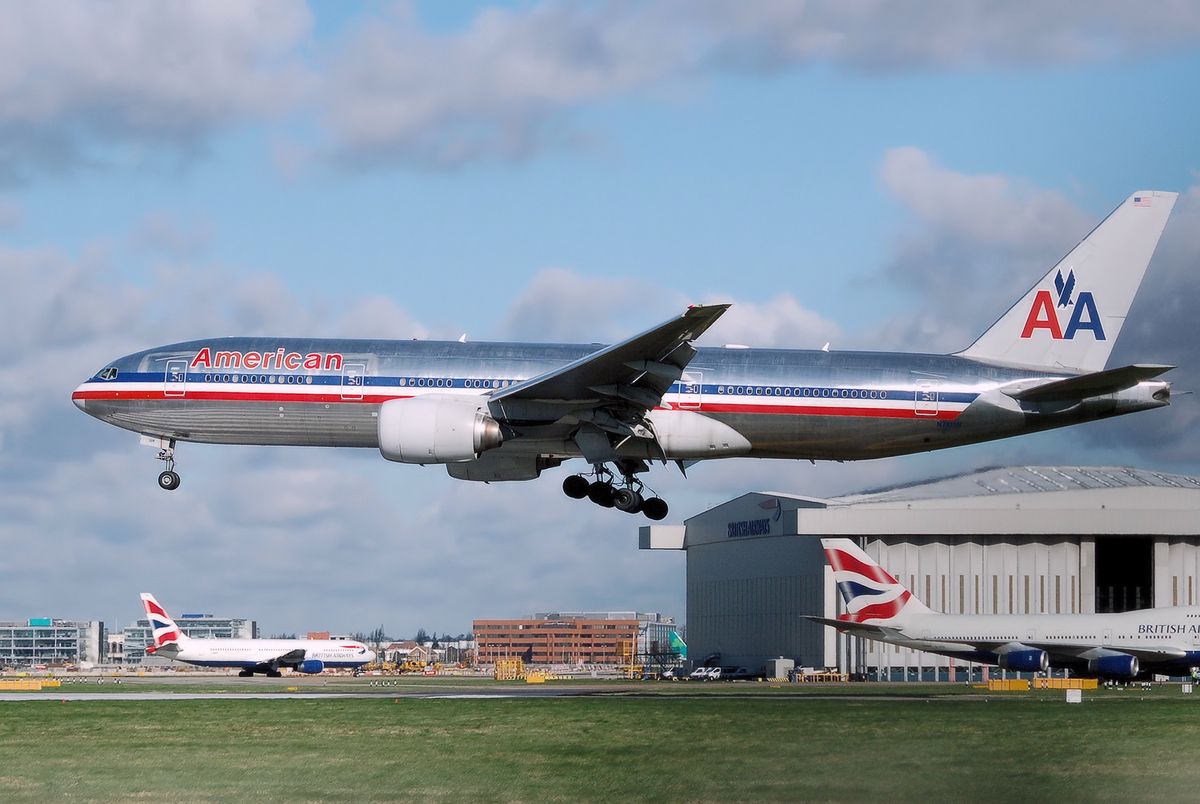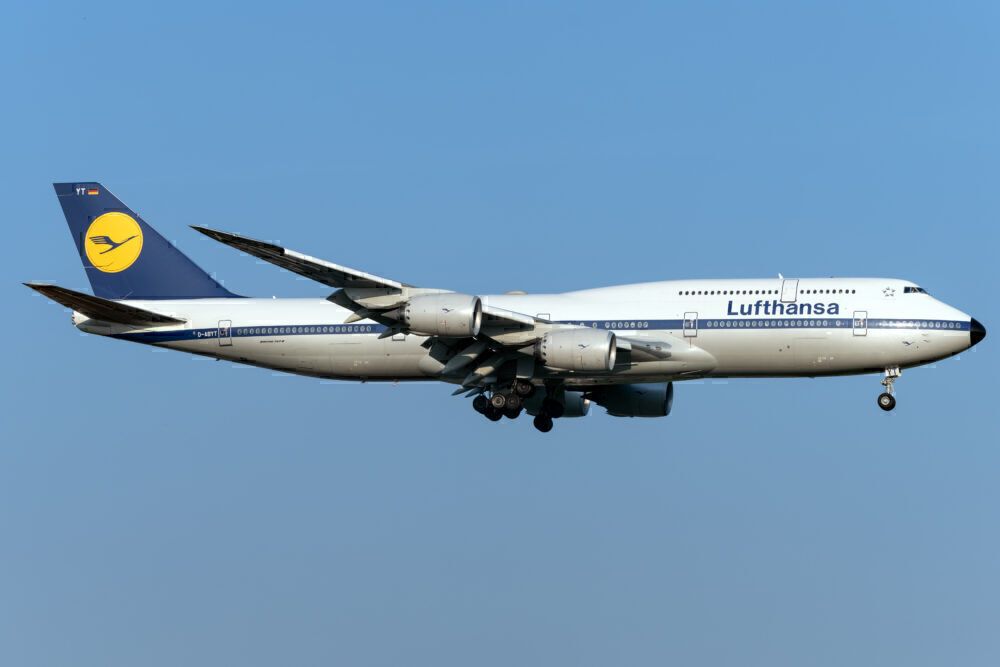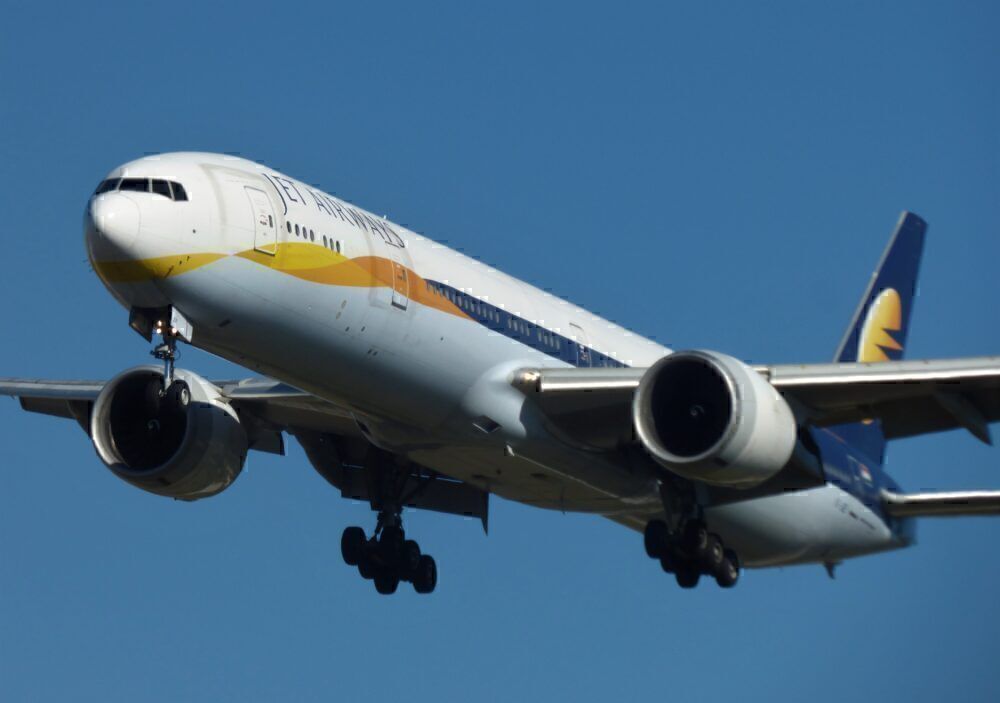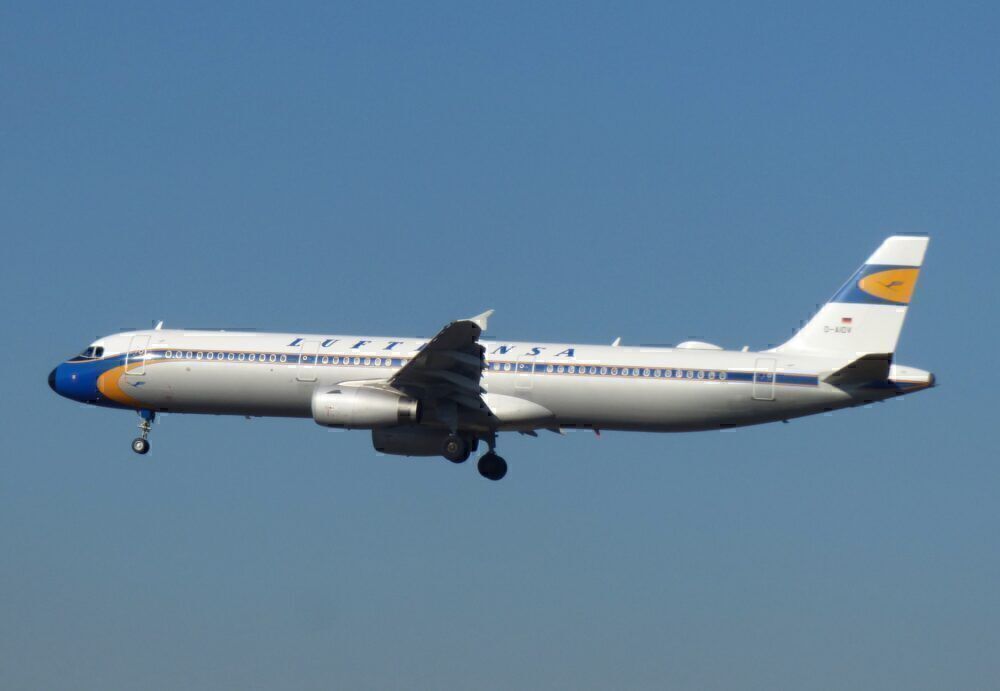An aircraft's livery plays a significant role in its aesthetic appeal. It also adds a useful dash of variety to the photography of planespotters such as you and me. Trends in liveries have come and gone over the years, and one trend that we rarely see nowadays is a cheatline. But what exactly does this refer to, and why was it such a prominent template in years gone by?
What is a cheatline?
The term 'cheatline' refers to a decorative, colored strip painted horizontally along some or all of an aircraft's fuselage. As a trend, it emerged as early as the 1920s, and its aim was more than simply to visually please an aircraft's observers. Indeed, as the name suggests, there is an element of trompe l'oeil to this paint scheme.
Specifically, airlines hoped to deceive onlookers into believing that aircraft were more streamlined when painted this way. This is because a cheatline surrounds a plane's windows, meaning that they blend in far better with the fuselage than without a cheatline. A plain background otherwise leaves the windows more exposed, increasing their stop-start, staccato-style appearance against the fuselage.
Stay informed: Sign up for our daily and weekly aviation news digests.
Different varieties
Within the genre of cheatline liveries, there are different sub-varieties of this old-school paint scheme. One key difference is the number of bands that make up a cheatline. While this style often consists of a single line, there have been notable examples with multiple strips, known as 'tramlines,' making up the cheatline.
Perhaps the most recognizable of these was American Airlines' old livery, which had a tricolor cheatline in the colors of the country's flag. Famously, this was almost the only paint on this livery, as American's aircraft previously sported a largely 'bare-metal' look.
A cheatline also does not have to stretch along the entire length of an aircraft's fuselage. This was the case, as seen above, on Jet Airways Boeing 777s, where the windows of the front cabin were not covered. Another variety of the cheatline was the so-called 'hockey stick' livery. This saw the cheatline extended upwards towards the aircraft's tail fin.
Far less prominent today
As a trend, cheatlines generally seem to have lost their previously widespread popularity after the 1970s. That is not to say that they immediately became obsolete, of course. Indeed, as we saw earlier, Jet Airways sported a partial cheatline into the 2010s.
While cheatlines do not feature so prominently today in terms of new liveries, the trend towards retro paint schemes has seen them make a return of sorts. Airlines often take the opportunity to paint an aircraft in an old livery to celebrate their history. This can lead a seemingly common aircraft, such as the Lufthansa A321 seen above, to garner significantly more attention from avgeeks than its standard-liveried counterparts. Personally, I relish the variety these retros offer!
What is your favorite cheatline livery? Have you ever flown on an aircraft with one? Let us know your thoughts and experiences in the comments!




